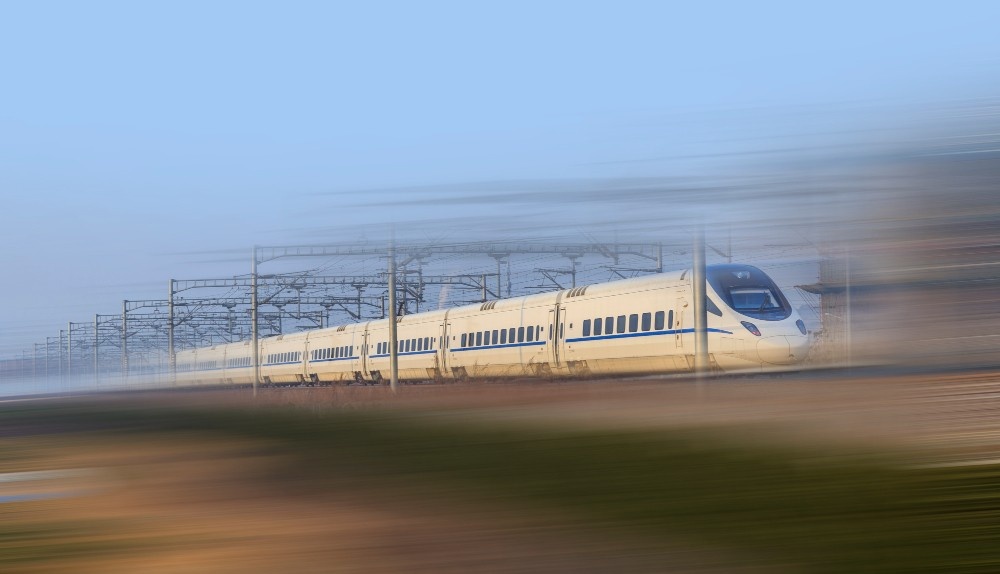
BRC AND HALAL
It is vital in the food sector to construct food facilities in compliance with international standards such as those of the British Retail Consortium (BRC) and to obtain Halal certification. While each certification standard has its own unique set of standards, two common threads run through both: a commitment to safety, quality, and compliance. Meeting these criteria takes more than simply checking a box; it entails building an exceptional culture inside your food facility.
Creating a facility that meets these worldwide standards is not without difficulties, but it is a trip well worth pursuing. It guarantees that the food items you manufacture satisfy the highest safety and quality requirements, making them marketable as well as a source of pride for your company. These standards ensure food product safety, quality, and compliance. In this post, we will look at the essential factors to consider when designing a food facility in accordance with these international standards.
1. Location and Environment:
It is critical to choose the correct location for a food facility. It should be located in a low-risk area, away from industrial pollution and flood-prone areas. There should be enough room for expansion and trash disposal.
2. Building Design
The physical structure of the facility should make cleaning and upkeep simple. Walls, flooring, and ceilings should be composed of materials that are long-lasting and simple to clean. They must also be moisture and corrosion resistant. To prevent water accumulation, proper drainage systems are required.
3. Cross-Contamination Prevention:
To prevent cross-contamination, BRC and Halal standards necessitate tight isolation of food processing areas. Raw ingredients, finished products, and packaging should all have their own zones. It is critical to implement effective zoning and ensure that personnel are taught to respect these requirements.
4. Equipment and utensils:
The equipment and utensils chosen must meet the highest hygienic standards. They must be simple to clean and disinfect. Because of its durability and ease of maintenance, stainless steel is a popular choice. Regular inspection and maintenance are required to keep equipment in good working order.
5. Waste Management:
To avoid contamination and pests, an efficient waste management system is required. Ample garbage storage places and frequent waste removal are essential. It’s also critical to separate different sorts of waste and, where possible, develop recycling programs.
6. Ventilation and Air Quality:
Maintaining air quality and temperature management requires proper ventilation. It aids in the removal of contaminants and the regulation of humidity. To reduce the risk of airborne contamination, air filtration systems should be installed.
7. Pest Control:
Pest control is an important part of food facility design. This includes sealing access sites, conducting frequent inspections, and employing pest control procedures that meet international standards. Halal certification, in particular, requires stringent procedures to prevent pest contamination.
8. Lighting:
Food safety and cleanliness require adequate lighting. It should be adequate for all applications, including storing and processing. Light fixtures should be easy to clean and built to avoid contamination.
9. Water Supply:
A consistent and clean water supply is essential for food processing. Water quality must be checked and meet the relevant criteria in facilities. This is especially crucial in Halal-certified facilities, where water purity is critical to maintaining food products’ Halal designation.
10. Packaging:
The packaging space must also meet the requirements. It should be designed to prevent contamination and make handling easier. Packaging materials should be safe and suitable for food contact.
11. Documentation and Record-Keeping:
The need for record-keeping is emphasized in both BRC and Halal regulations. Complete documentation of all processes, from ingredient procurement to packaging and distribution, is required for traceability and compliance.
12. Security:
To prevent illegal entry to the facility, security measures are required. This is critical for preserving food product quality and guaranteeing compliance with international standards.
Furthermore, developing a food facility that meets international requirements such as BRC and Halal certification necessitates a diverse strategy. It includes site selection, facility design, equipment, waste management, and a variety of operational activities. Stringent adherence to these standards is required to assure food product safety, quality, and compliance, allowing them to be marketable and acceptable to a wider spectrum of consumers both locally and worldwide.




